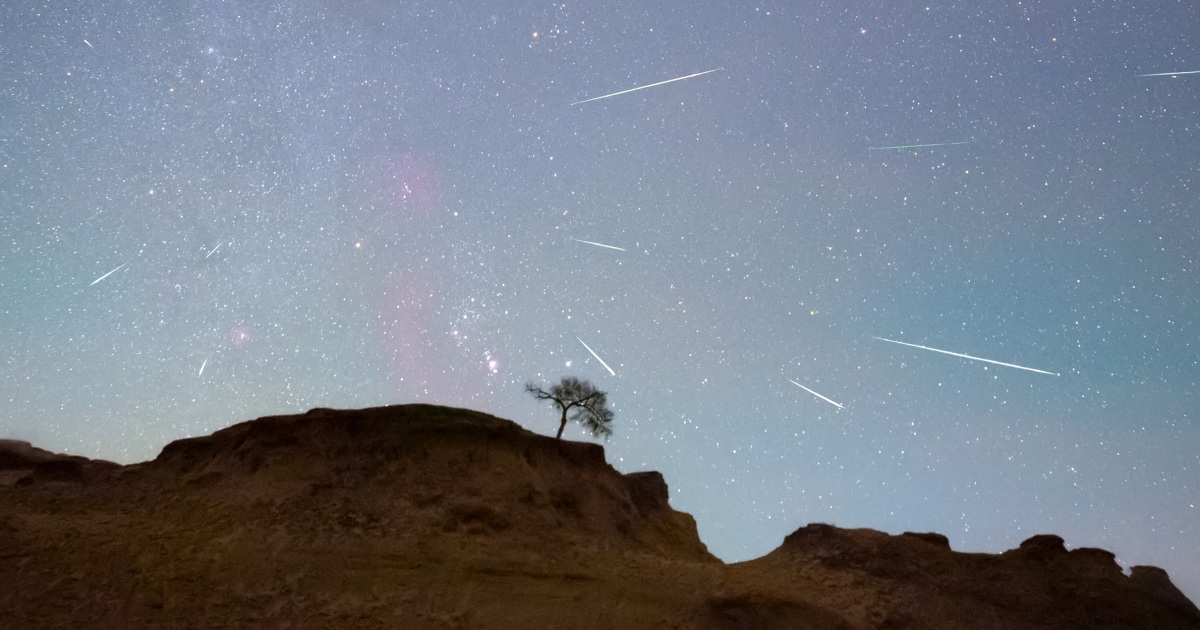
Reynolds Number
In the field of aerospace engineering, the Reynolds Number is a dimensionless quantity used to predict flow patterns in different fluid flow situations. It is named after Osborne Reynolds, who introduced this concept. The Reynolds Number is defined as the ratio of inertial forces to viscous forces and is used to determine whether a flow will be laminar or turbulent. It is calculated by multiplying the fluid density by the velocity and the characteristic length (typically the diameter of a pipe), and then dividing by the fluid's dynamic viscosity. In aerospace engineering, the Reynolds Number is particularly important in the study of boundary layer behavior on aircraft wings and fuselage, as well as in the design of turbines and propellers. It helps engineers to understand and predict the onset of turbulence, which can significantly affect the performance and safety of an aircraft.
Your Previous Searches
Random Picks
- Carbon Dioxide Sequestration: Carbon dioxide sequestration is the process of capturing carbon dioxide from industrial processes and storing it in a way that prevents its release into the atmosphere. In the context of space and astronautical engineering, carbon dioxide s ... Read More >>
- Compressive Stress: In the context of aerospace engineering, compressive stress refers to the stress on materials that results in a reduction of volume. When a material is subjected to compressive stress, it experiences a force that pushes it together, causing ... Read More >>
- Cables: Cables are an essential component of space and astronautical engineering as they are used to transmit power and data between spacecraft and their components. Cables are designed to withstand the harsh conditions of space, including extreme ... Read More >>
Top News

Bestselling author explains the science of happiness: "You can do the work"...
Bestselling author and Harvard professor Arthur Brooks opens up about how enjoyment, satisfaction and meaning in life can increase a person's wellbeing....
News Source: CBS News on 2024-11-18

November's full moon, known as the Beaver Moon, is the last supermoon of 2024. H...
November's full moon, known as the Beaver Moon, is the last supermoon of 2024. Here's when it peaks and why it's called the Beaver Moon....
News Source: CBS News on 2024-11-15

You can't put a price on the sense of awe particle physics inspires...
Astronomy and particle physics are no longer seen as vital by the US establishment, so funding has fallen. But our work creates a sense of wonder, and wonder matters, says Chanda Prescod-Weinstein...
News Source: New Scientist on 2024-11-13

If you want to stretch your gift game into days this holiday, check out these ad...
The advent calendar phenomenon is growing every year, with so many exciting, fun, beautiful, and delicious options available...
News Source: ABC News on 2024-11-04

November brings a bonanza of meteor showers...
November brings a skywatching bonanza, with three meteor showers — the Southern Taurids, Northern Taurids and Orionids — offering chances to see shooting stars....
News Source: NBC News on 2024-11-02